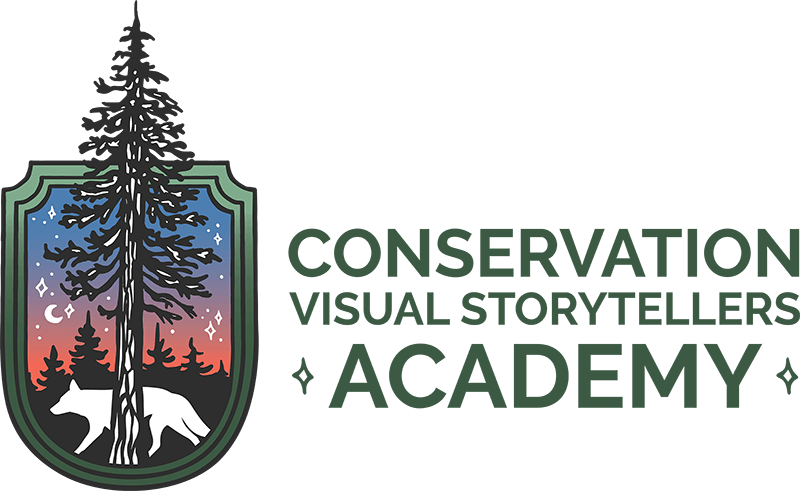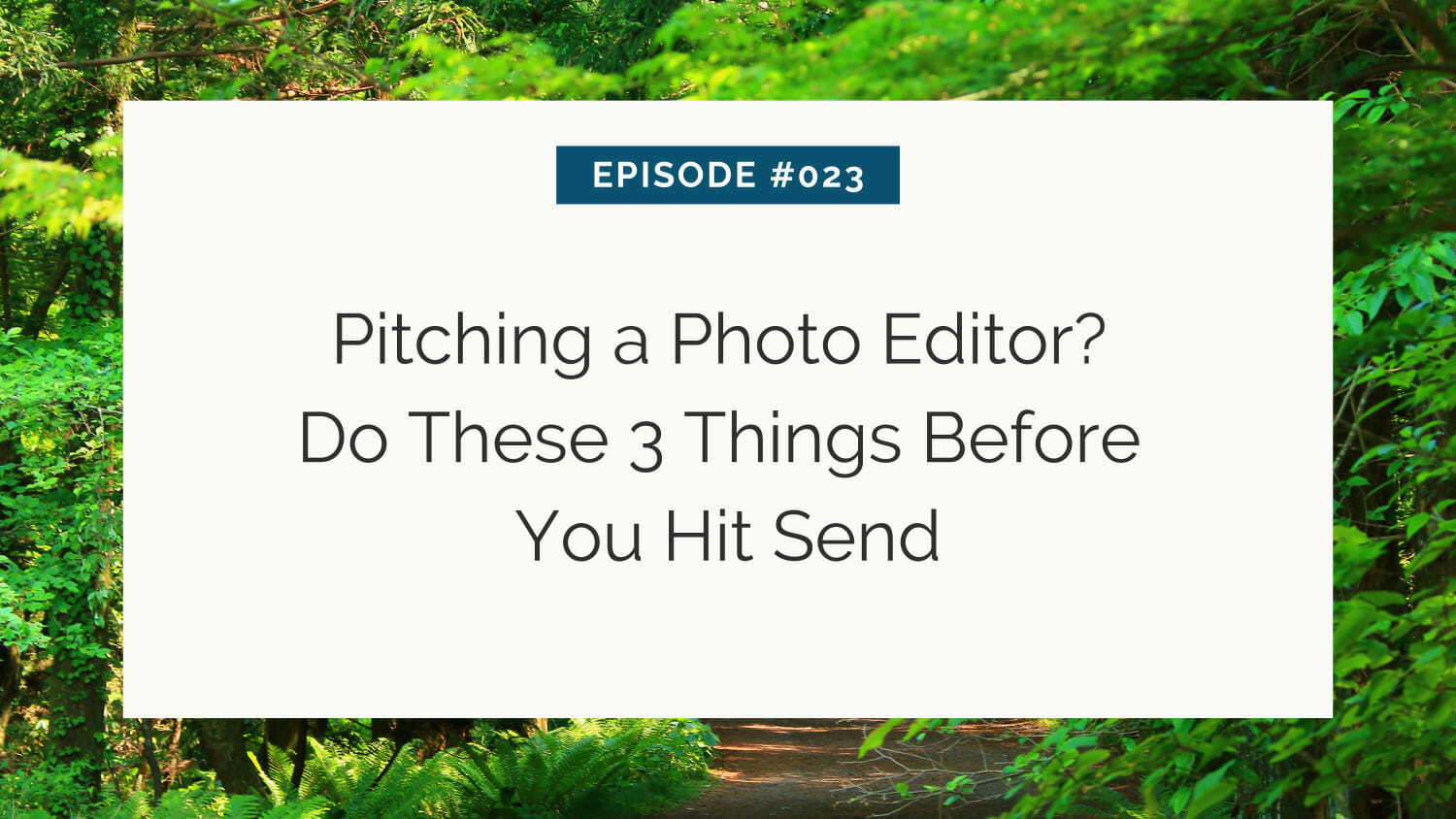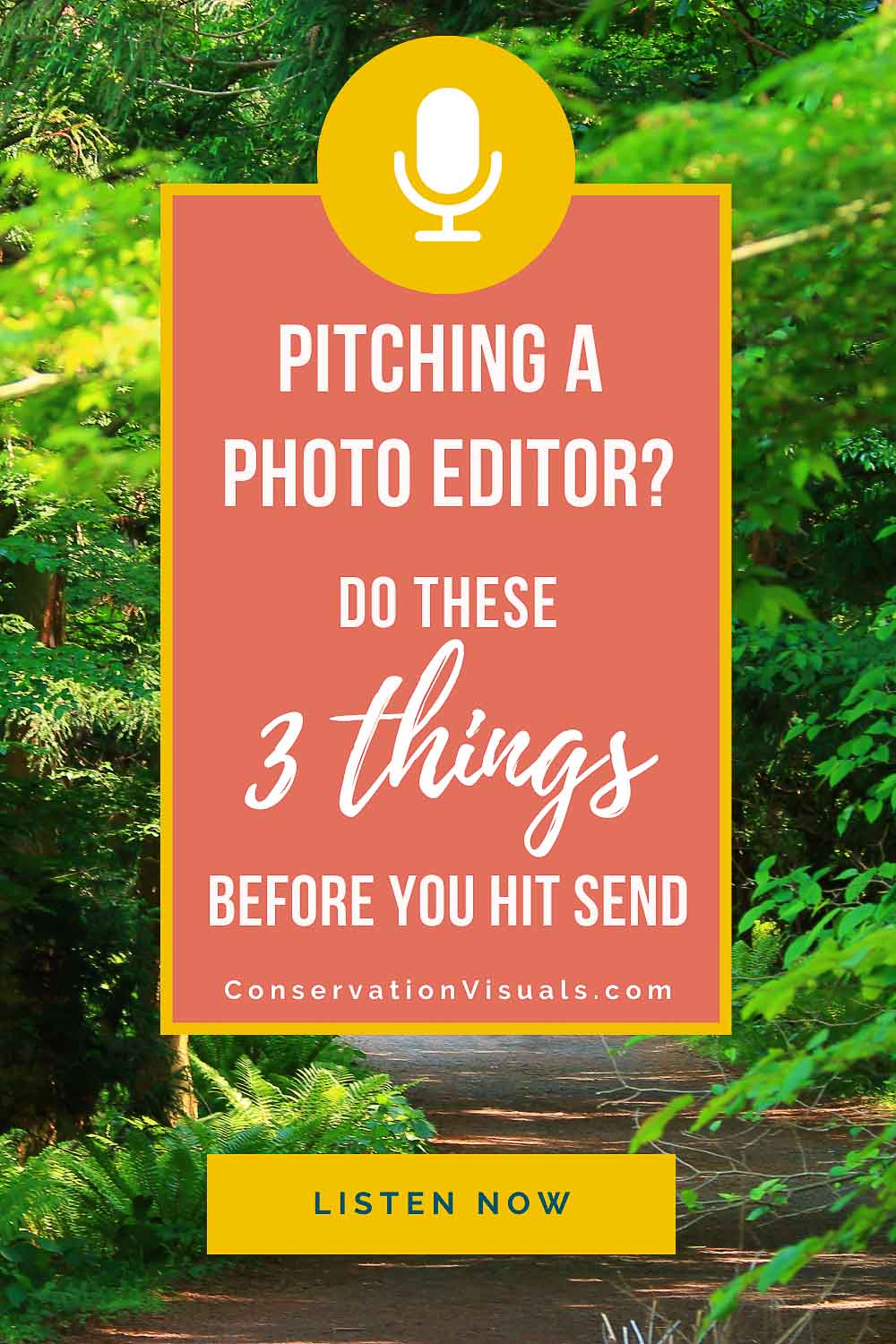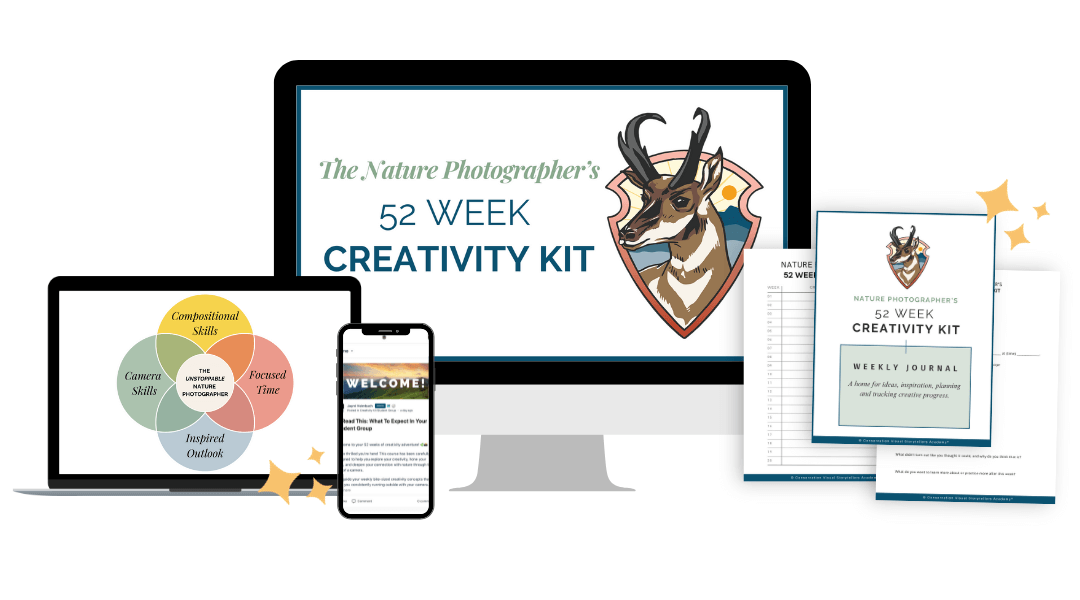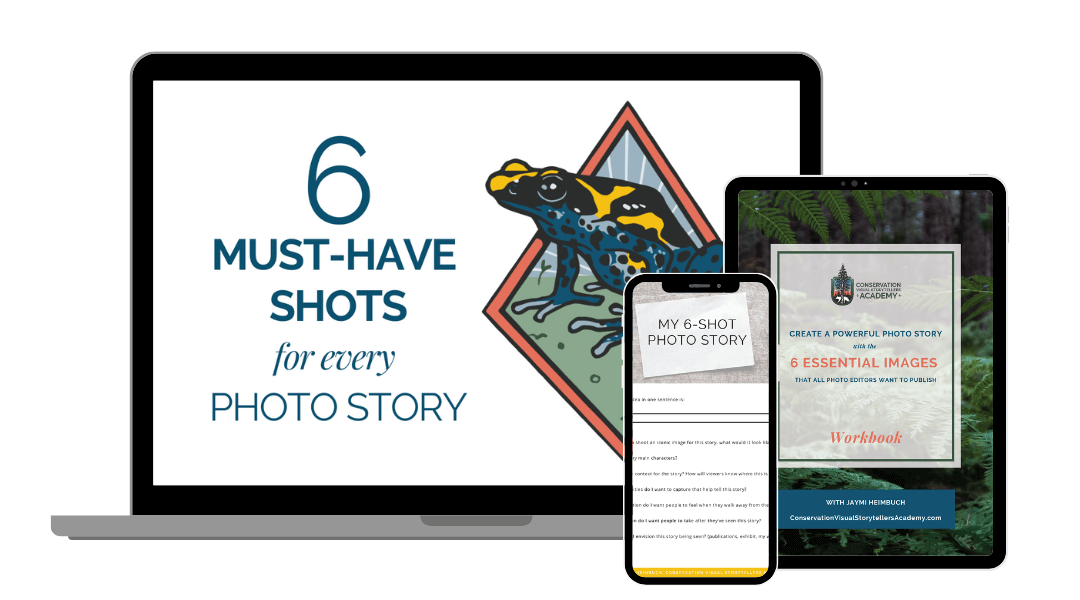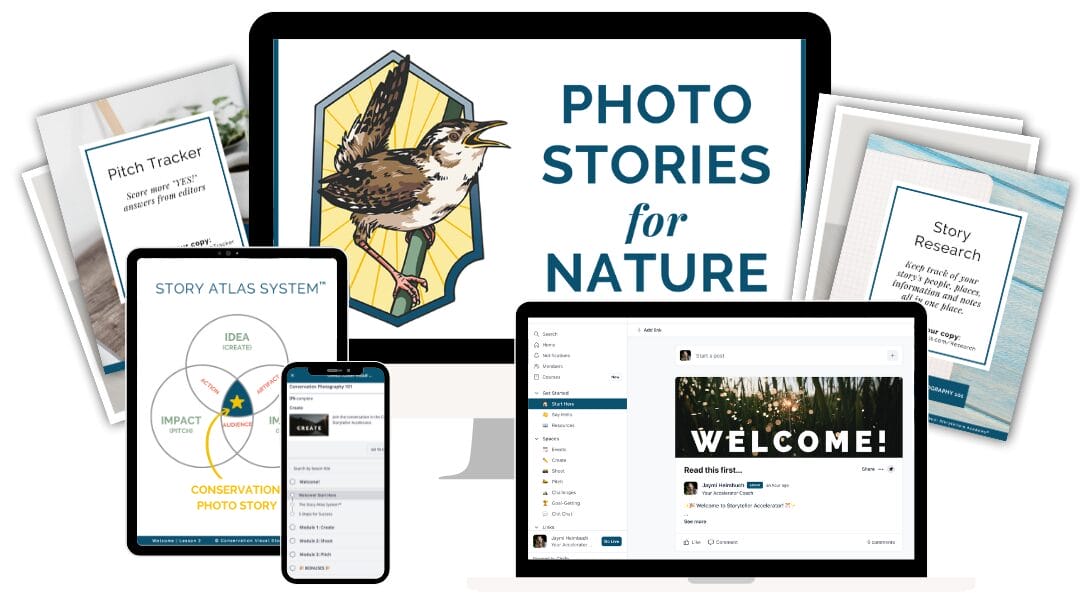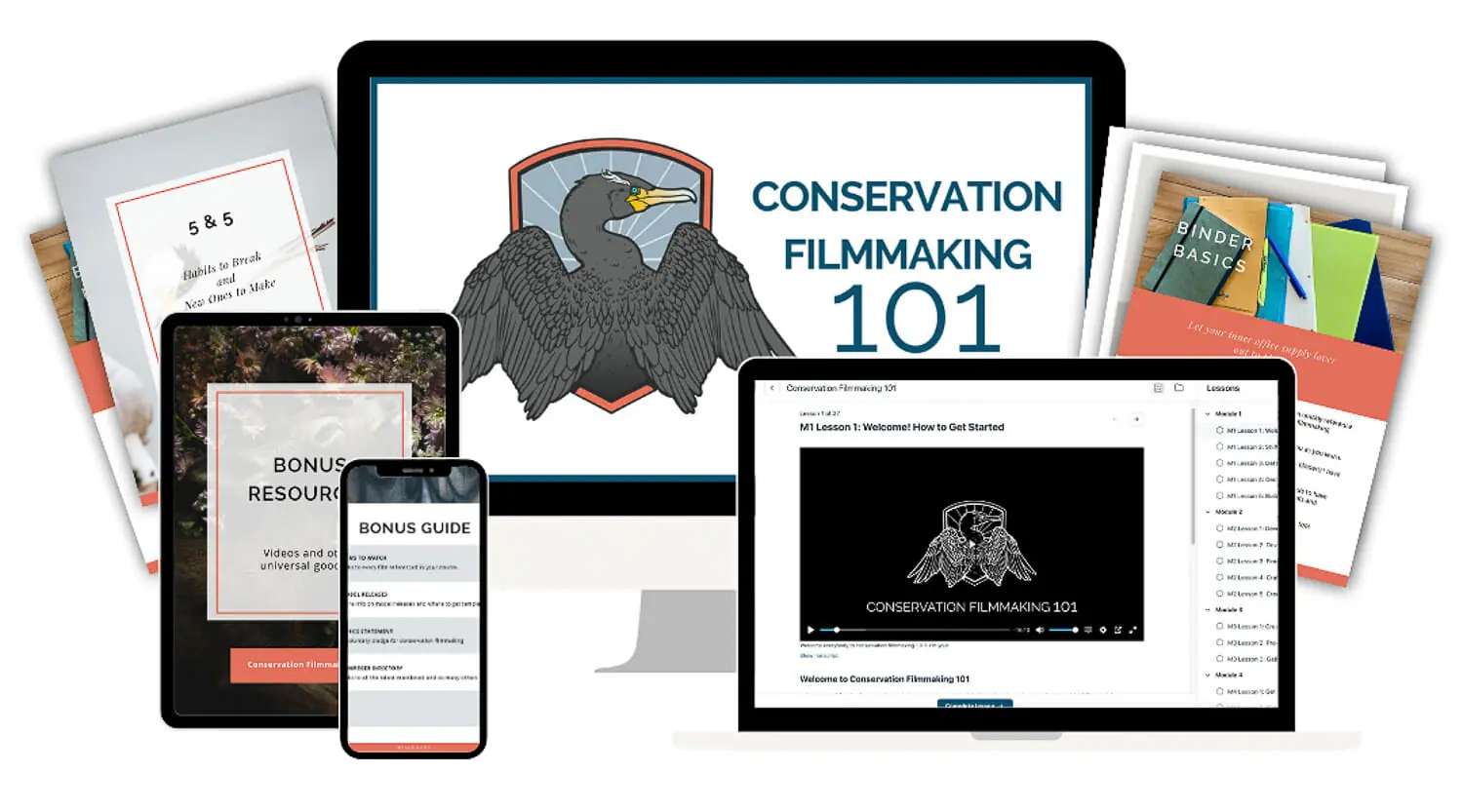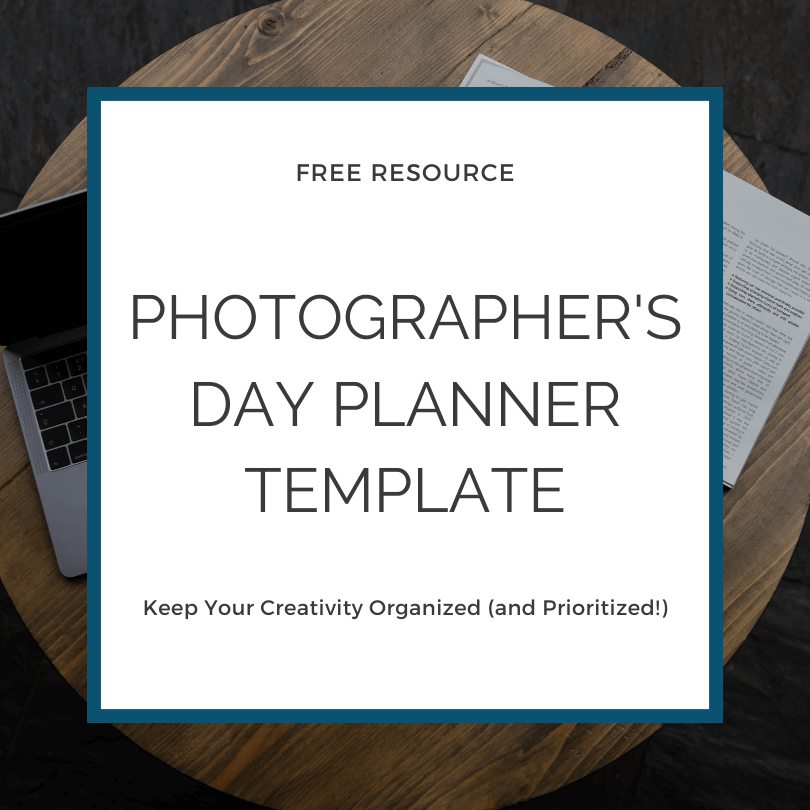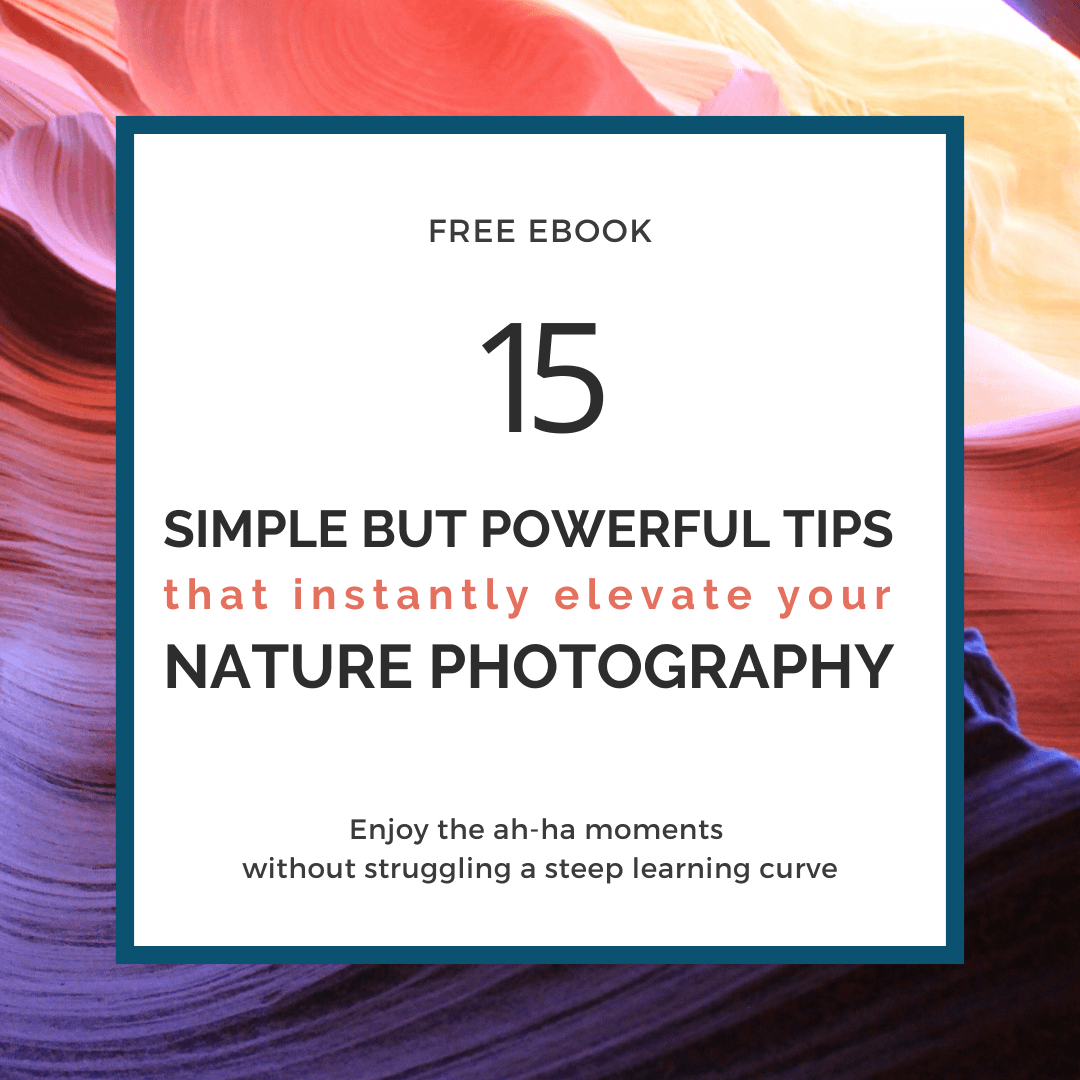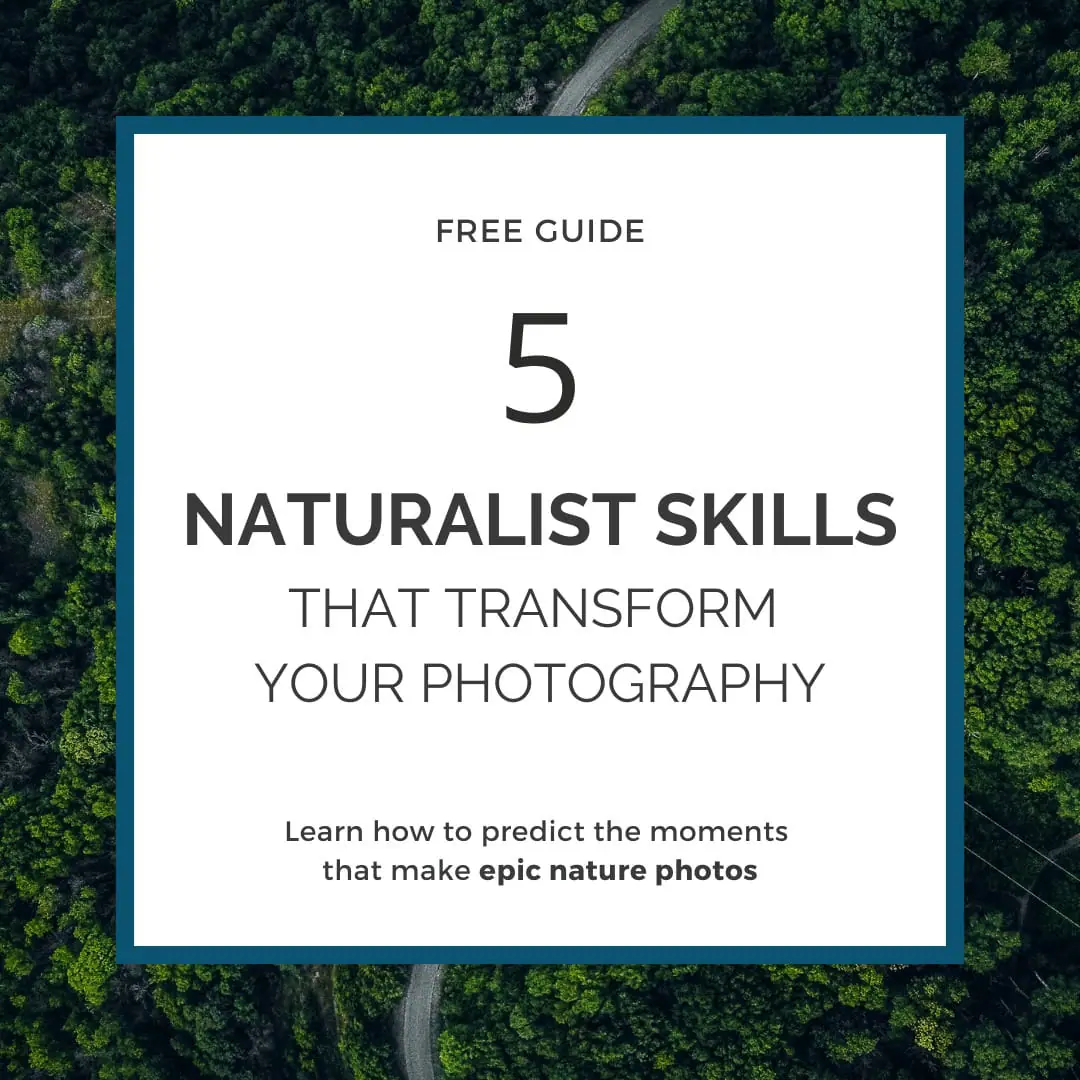Pitching a Photo Editor? Do These 3 Things Before You Hit Send
Are you forgetting to do this these quick essential tasks before hitting “send” on that beautifully written pitch email?
Improve your odds with editors using these easy email strategies
You have the best idea for a photo story. You found a publication that is so perfectly suited for it. You’ve spent hours polishing an amazingly well-crafted pitch. You hit send with a few little jitters in your stomach but feeling really certain about the potential for a YES.
Then….
Crickets.
But… you did all of the things! What happened?
There’s one gigantic hurdle you have to leap before you can strike up a conversation with an editor about your pitch.
The editor has to open your email.
In this episode we take a look at three essential keys to writing an outstanding subject line that stands out and is irresistibly clickable.
You'll Learn
Key #1: Brevity
A hefty 46% of emails are read on mobile devices. You want as much of your subject line as possible to be visible when an editor is scrolling through their emails while on the go.
We cover exactly how many words you should aim for in an email subject line to optimize it for both mobile and desktop viewing.
Key #2: Keywords That Spark Curiosity Or Surprise
One of the most powerful drivers of action is curiosity. Use it in your subject line and earn that click (or tap) from the editor who now really wants to know more about your story idea.
We dive into the strategy that helps you identify which words to use, and why.
Key #3: Use Brackets
To visually stand out in an email inbox, consider using brackets to surround a word that an editor would find important. For example, you could write:
[Pitch] My amazing story inside
[Timely] Something cool happens only once a year
[Exclusive] This story is unfolding as I type
We talk about how this help you stand out in an inbox without being sensationalistic.
By using these three tips and taking an extra 15-20 minutes to really focus in on your subject line, you can dramatically improve the click-through rate of your pitch emails, which is a sure-fire way to make progress on getting more YES answers from editors.
Your story is important. Make sure it doesn't get lost in the noise.
Episode 023: Pitching a Photo Editor? Do These 3 Things Before You Hit Send
Shownotes: ConservationVisuals.com/23
(Digitally transcribed, please forgive any typos)
________________
Jaymi Heimbuch:
Okay, so you have the best idea for a photo story you found a publication that is so perfectly suited for it. Just match made in heaven material. You've spent hours polishing an amazingly well-crafted pitch. It's concise but informative and engaging. It's perfect.
So you hit send on an email to an editor with a few little jitters in your stomach, but feeling really certain about the potential for this story, it's big, and you're sure that you're gonna hear back with a yes and then...
...crickets.
But you did all the things. You made sure that you checked out the publications archive so you know that your story is one that is just right for them, and you made sure that your pitch had all of the elements. Like, what happened?
It can feel so disheartening when you spend that much time and energy and you have so much certainty and then you just don't even hear back and you're left wondering. So what happened?
Okay, well, there's one gigantic hurdle that you have to leap before you can strike up a conversation with an editor about your pitch. The editor has to open your email. We live in a culture in which there is so much information overload that we don't even notice we're overloaded anymore. Emails come spilling in so quickly that it feels impossible to ever see the bottom of an inbox.
I spent over a decade as an editor on online websites and the flood of pitches coming in on a daily basis. It's a lot, and most of those pitches ended up in the trash without ever being opened. Because if that subject line didn't grab my attention and make me feel like there was something inside that email that I needed to know, then I had no time for that email. There's not enough hours in the day to open up those emails just to check and see. That subject line had to get my attention.
Now editors suffer the plight of overwhelmed in-boxes as much as anyone else. So it's your job to make sure that your email stands out in that inbox and so that they not only see it, but they want to click on it. So in this episode, I want to take all of my experience as an editor, receiving pitches and all of my experience as someone who sends out emails on a regular basis and studies how well different subject lines work for open rates.
And I'm gonna give you three keys to writing an outstanding subject line that not only stands out inside of that email inbox, but it's also irresistibly clickable with these three keys. If you implement them in a subject line that you craft every bit as carefully as your pitch letter, then you are absolutely maximizing your odds for that. Yes, answer from an editor. All right, let's dive in.
Welcome to Impact the conservation photography podcast. I'm your host, Jaymi Heimbuch. And if you are a visual storyteller with a love for all things wild, then you're in the right place, from conservation to creativity, from business to marketing and everything in between. This podcast is for you, conservation visual storyteller, who is ready to make an impact. Let's dive in
Hello and welcome to another exciting episode of impact. Now, before we dive in, I want to let you know that this episode is sponsored by Conservation Photography Courses. This is the only online education platform designed specifically for conservation visual storytellers, and it's exciting times because enrollment is opening soon for the digital course Conservation Photography 101. This is my signature program for helping you master how to uncover, photograph and pitch a powerful conservation story.
Now, whether you are brand new to the scene of conservation, photography or you have some experience, but you want to take your skills to the next level, you likely already know that you need a systematic approach to discovering and photographing fresh stories and a strategic way of getting them into the hands of editors. And that's what my signature online course offers. It is a road map for finding a compelling story, crafting storytelling images and writing an eye catching pitch to send two publications. Enrollment for this in depth educational opportunity is starting soon, so head over to ConservationPhotographyCourses.com to hop on the weightless. That's ConservationPhotographyCourses.com, and when you join the wait list, you will be first to know when enrollment opens. All right, let's dig into this episode.
The first key to an irresistible subject line that stands out in an inbox is actually brevity. Your subject line is your opportunity to use your best words, as they say, and no more than you need to. But it's not just about getting to the point. It's also a strategic move based on how we access our email. See a hefty 46% of people actually access their email on mobile devices, and there's only so much space on those tiny screens. So you want as much of your subject line as possible to be visible when an editor is scrolling through their emails while on the go.
When it comes to mobile device screens, an ideal subject line that actually fits onto that screen is between 33 to 43 characters. That's how much appears before the rest of the subject line is cut off. So to optimize your subject line readability for mobile devices, you wanna aim for about 45 characters or less. That's about 6 to 8 words in length, depending on the words that you use, of course.
Now can super long subject lines be very clickable? Yes, of course they can. But if your long subject lines are getting ignored, then it's time to take a different tack and really optimizing your subject lines for readability on mobile devices is a wise way to go.
Now I know that getting a subject line down to six or eight words seems really tough. Like that is a difficult task, especially if your story is complex. There's kind of this urge to want to load up your subject line with details that you think will spark the interest of that editor. But if you use the right words, then you will actually make the subject line even more enticing by leaving details out. What you're gonna do is open up a curiosity loop that is gonna kind of tickle that editors brain and make them really curious. And once you've got curiosity, you've got them hooked.
So you want to first think about brevity, and what can you create as a subject line that uses six or eight words like, again 45 characters or less. What is the core part of your story that you want to have in that subject line, but also what sparks curiosity? And that's actually the second strategy. So when you are choosing your best words in your brief subject line, the second strategy is using keywords that spark curiosity or surprise.
One of the most powerful drivers of action is curiosity. Curiosity is such a powerful force inside of our brains. It's basically an itch that has to be scratched. So as soon as we become curious, we are driven to find out the answer. Which means we're driven to click on that article or click on that image or click on that email. So use it in your subject line and earn that click from the editor who now really wants to know more about your story.
So there's a brief subject line that sparks curiosity. When you're thinking about how to craft that very brief curiosity sparking subject line, think about the key words of your story. So these are the single words that sum up the elements of who, what, when, where, why or how inside of your story. So let's say your story is about wintering ducks that are devouring wolves that come to drink from ponds in winter, right? I mean, you know, it could happen! Then your keyword list would be something like duck species, carnivorous, wolves, winter, attack, ponds, drinking.
But basically you're going to make a list of the key words that get at the core elements of your story. The who what, When, where, why or how so when you're considering the key words of your story, make a list of maybe two or three key words for each of the who, what, when, where, why or how elements. So things like species names, location, names, behaviors, times of year activities, consequences or interactions. These can all be added up to a really thorough keyword list.
Then you'll use this list of form subject lines that are punchy yet truthful, that sparked curiosity or surprise without being cutesy or cliche and your subject line can even pose a question. Just make sure that you are using your best words, and you're focusing on sparking that drive to read more so brief subject line 45 characters or less, which is about 6 to 8 words, and you're going to use keywords from your story crafted in a way that sparks curiosity or surprise.
Now here's the third key to a more standout, clickable subject line. Used brackets. Really, it's very, very simple, but it does a lot, so the brackets will actually be around a word at the very front of your subject line. It helps to visually stand out in an email inbox and also help the editor to quickly notice the purpose or the importance of that subject line. So consider using brackets to surround a word that an editor is going to find important, such as pitch timely, exclusive or other things that will matter to an editor. So, for example, your subject line could read something like Open bracket pitch Close bracket. My amazing story Inside. You know your 6 to 8 words. Or open bracket Timely close bracket. This cool thing happens only once a year or open bracket. Exclusive close bracket. This story is unfolding as I type, you know, whatever it might be, try not to be sensationalistic or over the top, but at the same time provide some level of curiosity or surprised or urgency that will really get an editor to notice that email
And for the love of all that's holy, do not actually use the subject sites that I just gave you. Just use them as an example of open bracket, a really core word, close bracket, and then you're subject line. You'll likely be added to spam faster than the editor can even finish rolling their eyes if you try something as sensationalistic as this story is unfolding as I type.
But anyway, you can see how brackets can actually help your subject lines stand out a bit better from the collection of words on an email inbox page. Brackets really helped them to visually stand out, and you'll probably have noticed this quite a bit in your own email inbox when you receive things that are maybe a weekly newsletter or something, that is an event that is time sensitive. A lot of marketing strategists use this in order to help a word pop out on your screen when you're scrolling through your inbox. So it's a really useful strategy.
And there you have it. Those are the three keys to getting an editor's attention by using a really well crafted strategic subject line. So let's go through them again.
The first key is brevity. You're thinking about maximizing the readability of your subject line on mobile screens as well as on a desktop browser. So you're thinking about subject lines that are 45 characters or less, which is roughly 6 to 8 words.
You're also going to maximize those words to be curiosity, sparking or surprising. So you want to take key words from your story and make sure that your subject line is asking a question or saying something surprising or in some way is driving curiosity so that an editor wants to click through to find out more.
And the third key is to use brackets around a word that matters to an editor, such as pitch or timely or exclusive, or something similar as long as it rings true for that story. So if your story is an evergreen story, you would not use the word timely. But you might use the word pitch. Or, if you know that you are gonna be offering that story to only that publication, and that this is their opportunity for an exclusive insider story then that would be a great word to use as well.
By using these three tips and taking an extra even 15 to 20 minutes to really focus in on your subject line, you can dramatically improve the click through rate of your pitch emails, which is a surefire way to make progress on getting yes answers from editors.
The first thing that has to happen for you to even be considered for publication is an editor needs to read your pitch. And the first thing that the editor sees is that subject line. So it is well worth taking a little bit of extra time thinking strategically and crafting a subject line that maximizes your chance of a click through.
All right, so just to wrap up, think about brevity. Think about using your 6 to 8 best words and think about using brackets to make that subjec line stand out. All right. I hope that this is helpful and I will talk to you next week.
Before we wrap up. I would love to ask you to do one quick thing. Subscribe to this podcast. As a subscriber, you'll not only know when each week's episode goes live, but you'll also get insider goodies like bonus episodes. You might miss them unless you're subscribed and I don't want you to miss out on a thing. So tap that subscribe button and I will talk to you next week.
________________
Impact: The Conservation Photography Podcast
JaymiHeimbuch.com/Podcast
